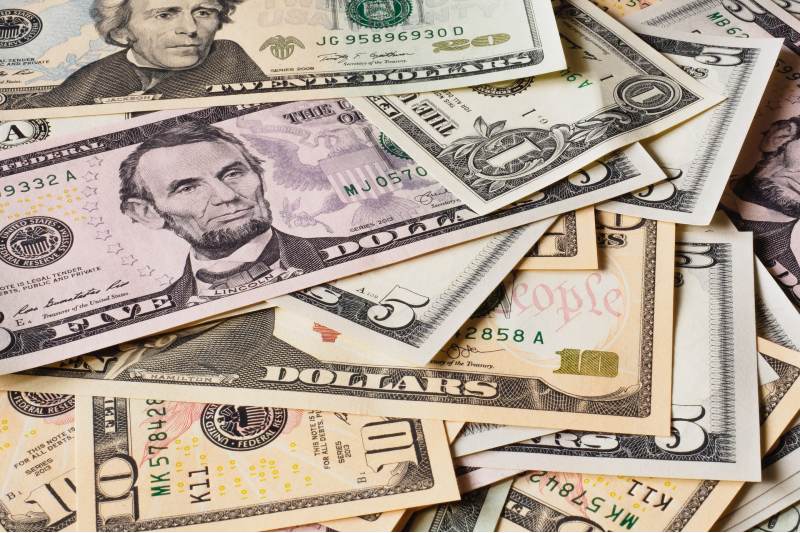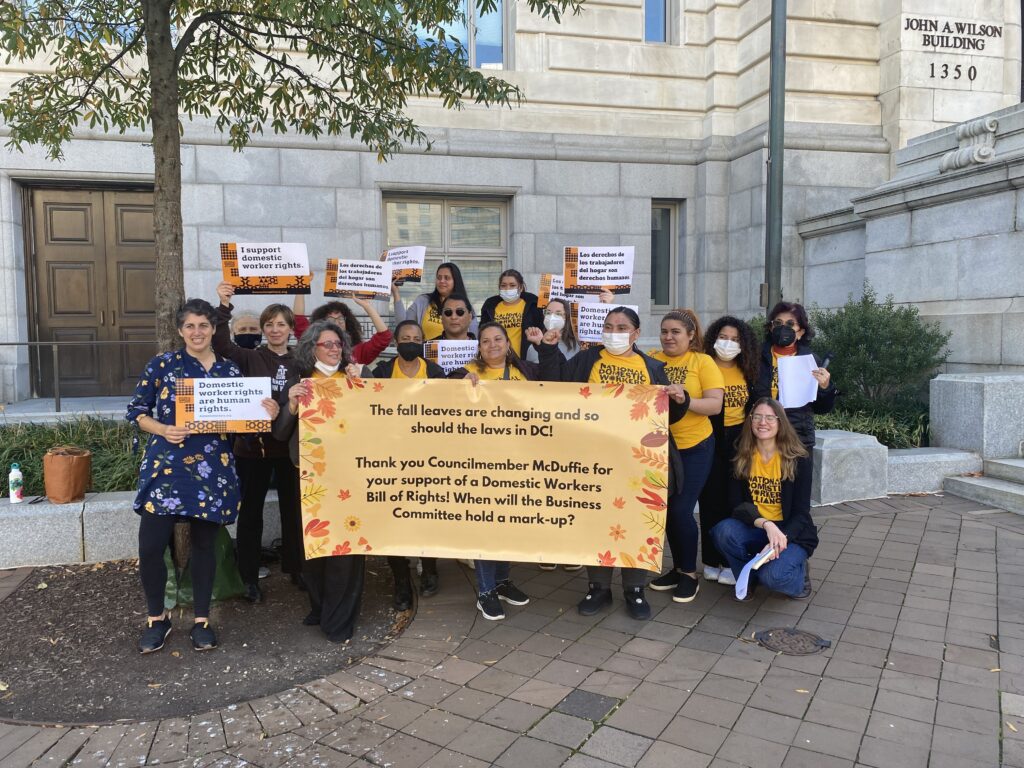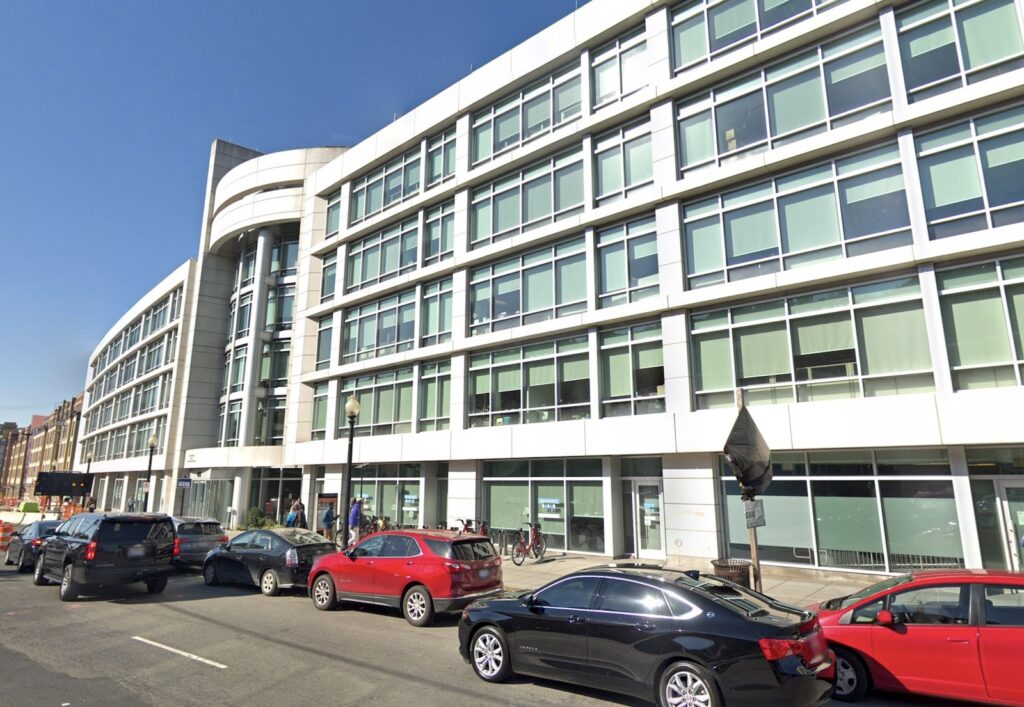As of January 2024, the minimum wage in the United States is $7.25 an hour, and that hasn’t changed since 2009. A single person working 40 hours per week, 52 weeks per year, before taxes, earns $15,080 annually at this rate. From Alabama to Wyoming, there is nowhere within the United States that one person can afford the total annual expenditures associated with the cost of living while making the minimum wage. For example, Mississippi is currently the cheapest state to live in the country. However, even if two people were working at minimum wage full-time, their earned gross income would still only be $30,160, far short of the cheapest cost of living Mississippi offers. This doesn’t include the additional expenses that two people bring to cost of living considerations with food and other necessities.
The cost of living is the amount of money required to meet basic expenses. This includes housing (shelter), food, clothing, taxes, health care and affording the rest of the necessities that qualify a person as being self-sufficient and independent. The cost of living, while defined and redefined by people differently in their life survival strategies, is what you require to sustain and maintain basic needs.
At a bare minimum, as a human being, what people need to sustain life is air, shelter, water and food. The “rule of threes” states you can only survive “three minutes without air, three hours without shelter, three days without water and three weeks without food.” Three hours without shelter might seem like an exaggeration, but this survival rule is designed to help those facing emergency survival situations prioritize properly so they can stay alive until rescue, and does not account for clothing because of exposure. The rule is a guideline to help people make quick decisions about survival tasks.
There is a close relationship between the cost of living and survival. Survival tactics and the cost of living are often referenced together because they are so linked. Prepping, survivalist strategies and “minimalist” approaches to budgeting and living are just some of the popular articles that keyword searches on “cost of living” and “survival” return on any internet search engine. In fact, a subsistence lifestyle is the only option for many rural residents living in the largest state of Alaska. People live off — and with — the land on multiple levels for economic necessity. The cost of living in Alaska is 26.6% above the national average, with a total annual expenditure of $84,731.
D.C. has a cost of living that is only beaten out by New York and Hawaii. The average base salary in D.C. is $82,000. A conservative estimate of the cost of living for the District places it at $78,809 annually, and those are 2021 estimates. The cost of living in 2023 estimates place it at closer to $110,000. The median consensus on the District’s true cost of living is $92,000 when comparing multiple sources. Since 2021, costs of living have continued to dramatically increase. While the federal minimum wage is $7.25 an hour, D.C.’s new law sets it at $17 an hour. The cost of housing is the most significant category of increase, 148% greater than the cost of housing averages in the rest of the United States. This means that even when people are making the average base salary of $82,000, or taking a job for the first time in the District, the costs of living continue to outpace what they predicted their expenses would be annually, year-by-year.
The District’s minimum wage of $17 an hour highlights that when working full-time, the earned gross income is still just $35,360. With our social safety net in tatters, and the need for social services continuing to go unacknowledged with undercounts, while simultaneously underfunded, under-distributed, understaffed and reduced in all ways, with the implication that there is a concerted effort underway to phase them out because they are ineffective and a waste of resources anyway, Washington, D.C. is deluding itself with the alternate idea that the poor and homeless just need to “work” their way to success. The facts and evidence indicate the contrary. The goalposts keep changing, and even with two or three jobs at the low-income level, sustaining and maintaining oneself independently will lead to earlier deaths and more work-related injuries and disability.
The pressures and stresses of what D.C. demands in costs of living alone are shared by the majority, as indicated by the average base salary that barely affords people a struggling entry point to almost, but not quite, meet all their expenses as a single individual. However, these pressures and stresses don’t help alleviate the social ills and problems people complain about either. The facts beg an important question about how D.C. can generate a more fair, just and equitable community that manages its resources more effectively and redresses where it has fallen short. The increasing numbers of elderly and disabled in the streets, and other homeless, are what we can expect from a set of economic and survival circumstances that outpaces our ability to adapt, no matter how hard we work.
Having more money than you need is a type of privilege that many don’t have. Viewing the world through the perspective of what money affords and legislating or judging others by that standard is a considerable fallacy. It’s a privilege to believe that others will take care of things, that services are better than they are or that if one just does the leg work, one can get what one needs, with the right steps. It’s mistaken to think that anything else is a character defect.
Poverty is sustained when those orchestrating or delivering public service promote this, and when they can’t even get the facts, figures or numbers right. The evidence is all around us, yet every day, policy and decision-makers continue to come to the wrong conclusions about the roots of the problems. While who is poor or homeless begs further questions regarding equity, as well as social and racial justice, we cannot ignore class and wealth disparity and those increasing impacts. It does not promote the general social welfare and prosperity for all parts of society to let class differences among those who have much to go unchecked where it is overlooking the facts. While people may assume their policymakers are making the right decisions and are amicable and likable, we aren’t seeing that in the results.
Instead of serving and administrating to people appropriately, while finding ways to poll them and include them democratically in the services that are intended to serve them, D.C. is furthering classism that generates detrimental and egregious results instead. The homeless and low-income people of D.C. need democratic buy-in and ownership to be leaders in the lives they struggle and work so hard for, including what they have suffered. I would like to see less hate and a more concerted effort to get real and honest on the part of government, management, service and the wealthy class.
Lori Smith is an artist and vendor with Street Sense Media.








